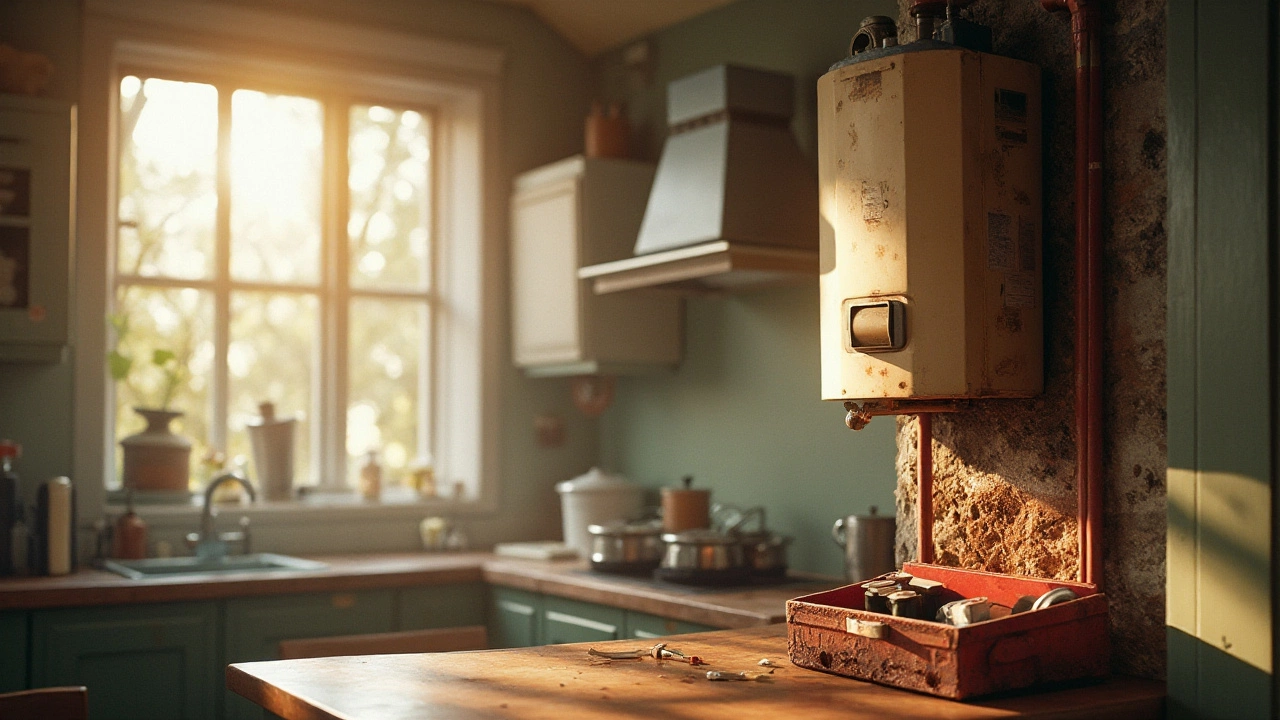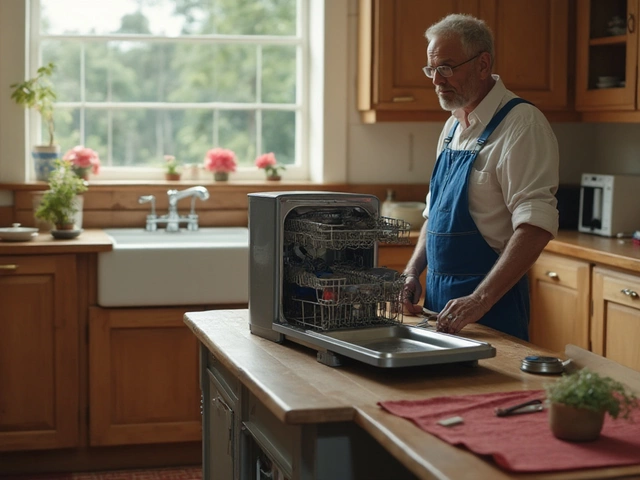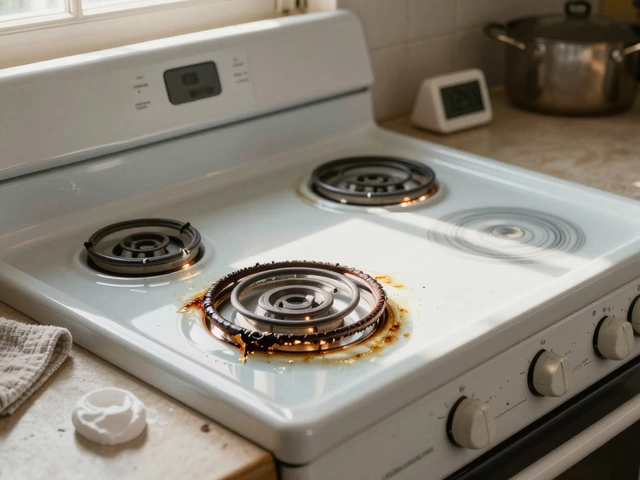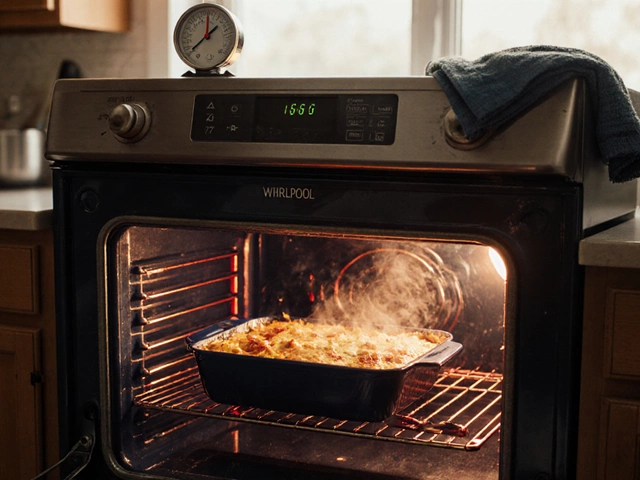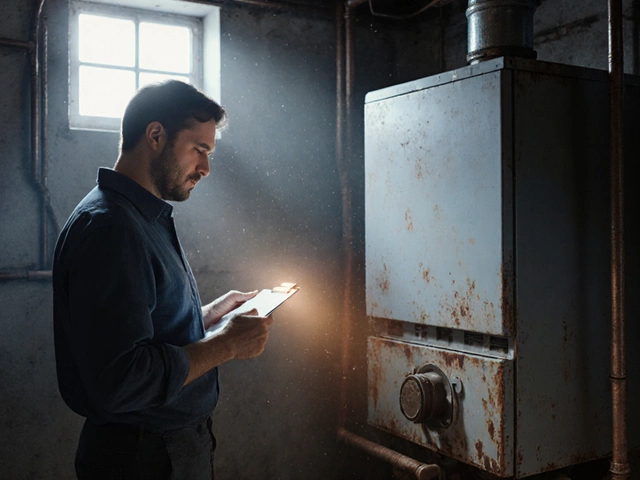We often take our water heaters for granted, expecting them to provide hot water every time we turn on the tap. Yet, like all appliances, they don’t last forever. Understanding how long a water heater typically lasts, and what you can do to extend its lifespan, can save you from unexpected cold showers and costly replacements.
Let's dive into what you can anticipate from your water heater's life expectancy, signs it's starting to wear out, and some practical advice on upkeep. With just a little know-how and care, you can keep your home cozy and your water heater performing like a champ for years to come.
- Understanding Water Heater Lifespan
- Common Signs of a Failing Water Heater
- Effective Maintenance Tips
- When to Replace Your Water Heater
Understanding Water Heater Lifespan
When we talk about high-functioning household appliances, the water heater lifespan becomes a subject of paramount importance. The typical lifecycle of a water heater usually ranges from 8 to 12 years, though many users have reported functionality extending well beyond 15 years, primarily dependent on care and maintenance. Electric ones usually enjoy a longer service period than gas-powered units, partly due to their simpler mechanism. But maintenance plays a crucial role irrespective of the type. When buying a water heater, factors such as water hardness levels and the heater’s location can significantly influence how long it will last.
You might wonder what contributes to a shorter or longer life for your water heater. First, the quality of the unit itself makes a considerable difference. Investing in a reputable brand with good customer reviews often pays off in service longevity. Apart from the brand, the unit's anode rod, a component that attracts corrosive materials from water, can be a big determinant. Regular inspection and replacement of this rod can save the tank from rust and leaks, prolonging the water heater lifespan. Additionally, units situated in areas with hard water might face mineral build-ups faster, due to the presence of calcium and magnesium.
The Department of Energy suggests that “regular maintenance, such as draining the tank at least once a year, can significantly improve water heater efficiency and extend its life.” This practice removes built-up sediment that affects efficiency and lowers the demand on heating components.Regularly checking your heater’s pressure relief valve also protects against potential water leaks and catastrophic failures. Given these realities, a homeowner should take preventive measures to combat the natural wear and tear that sets in over the years.
Understanding and observing the signs that your water heater is approaching the tail end of its lifespan is essential. If you notice inconsistent water temperatures, rusty water, or noisy operation, it might be time for a health check. These symptoms often indicate either sediment buildup or the decay of the internal components, which, if ignored, can lead to full system breakdowns. Seeking professional help when these signs appear, rather than opting for temporary fixes, will not only extend the unit’s life but also spotlight potential safety hazards.
Common Signs of a Failing Water Heater
Your water heater is a silent workhorse, tirelessly delivering hot water day in and day out. However, as reliable as it is, it sends a few telltale signals when it's beginning to falter. Knowing these signs can prepare you to take action before you're left without hot water. One of the initial giveaways could be inconsistent water temperature. If you notice that the hot water often runs out faster than it used to, there's likely a problem brewing within your heater. This problem could stem from mineral buildup that insulates the water from the heating elements or a faulty thermostat struggling to maintain the correct temperature. Either way, it's time to have a closer look.
Another classic indicator is the age of your appliance. Most standard water heaters, especially those powered by gas, have a lifespan of about 8 to 12 years. If your unit is approaching or has exceeded this range, it's wise to perform regular checks and brace for potential failure. As appliances age, parts deteriorate, leading to leaks or corrosion. Aged heaters are more likely to succumb to such issues, underscoring the importance of periodic evaluations. Noise is a less recognized symptom but equally important. Gurgling or popping noises when the heater is operating may result from sediment buildup at the tank's bottom. This congestion can erode the tank if left unchecked, effectively cutting your heater's natural life expectancy.
Leaking water around the heater base is another red flag that's hard to miss. Water pooling might point to a fracture in the tank due to expansion and contraction in the metal with temperature changes. A leak often signifies a more serious structural compromise, necessitating immediate inspection and likely replacement. At this juncture, it's crucial to note the quote by renowned industry analyst John R. Howell:
"When it comes to home maintenance, recognizing early symptoms often averts significant setbacks."Addressing these leakage issues on sight can save a lot of heartache down the line.
Discolored or rusty water is not only unpleasant but a warning that internal components are eroding. When turning on the hot tap, if you see tinges of brown, that points to rust inside the tank. This rust often damages the integrity of the water heater, increasing the chance of cracks or leaks. Of course, such discoloration in cold water could indicate issues with plumbing, but when limited to hot water, it's typically your heater at fault. If left unattended, not only does the lifespan of a water heater decrease, but it can quickly escalate into a need for premature replacement.
Finally, signs of a failing water heater should always prompt an efficiency check. Are your energy bills climbing without a logical explanation? An inefficient water heater could be the culprit, working harder to provide less due to failing components. A spike in energy usage, when coupled with other signs like unusual noises or erratic water temperatures, should raise immediate alarm bells. Addressing efficiency problems can lead to reduced costs and extended equipment life. This can often be verified by monitoring changes in electricity or gas usage linked to water heating, which might just validate the need for comprehensive maintenance or replacement.
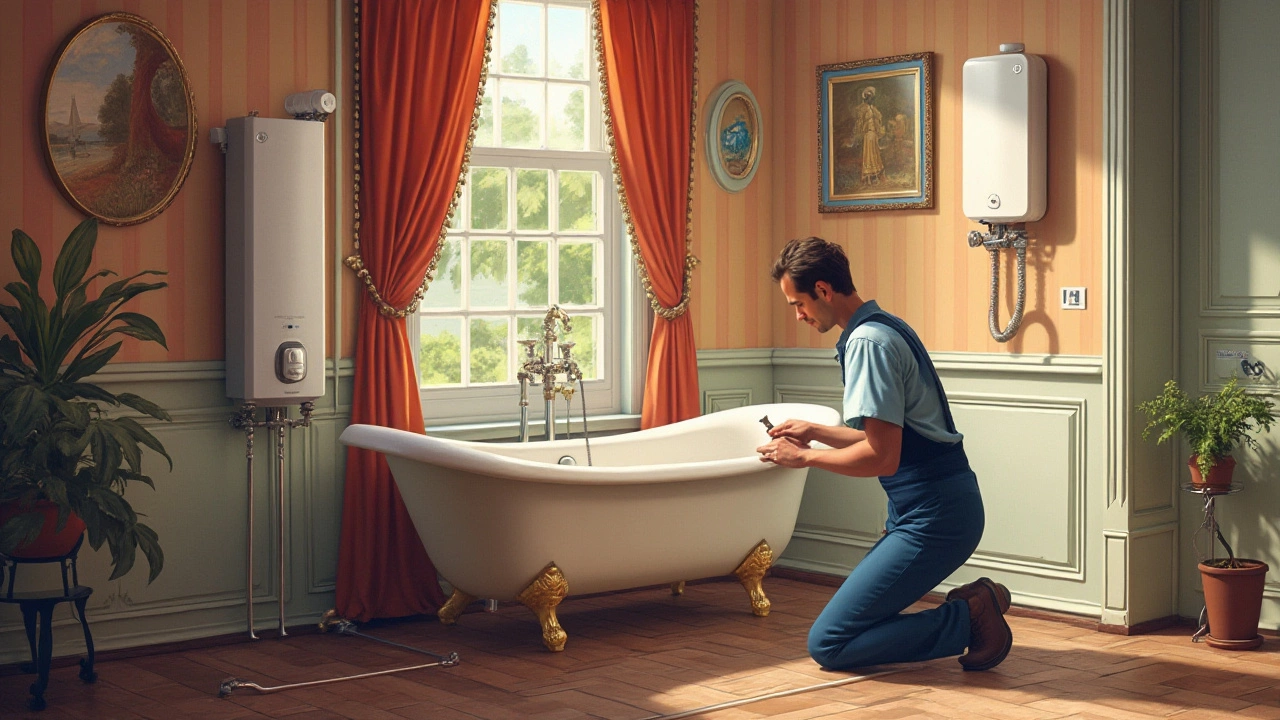
Effective Maintenance Tips
Keeping your water heater lifespan in tip-top shape involves regular attention and a little know-how. Maintenance goes a long way in spotting potential issues before they become major headaches. Besides, proper maintenance can help you avoid the inconvenience of being without hot water and extend the life of your equipment, saving both time and money over the long haul.
Begin with regular flushing of the tank to eliminate sediment buildup. Over time, these accumulated minerals can wreak havoc on your tank, leading to inefficiency and, eventually, a decrease in your water heater's lifespan. You'll want to flush your system at least once a year. Consider using tools like a simple hose and a bucket to safely drain water from the heater, removing those pesky sediments. Always remember to turn the thermostat down and power the unit off before beginning any maintenance work to avoid accidents.
Next up on your list should be routine inspection of the anode rod. This small, metal rod is a silently working hero of your water heater, preventing corrosion from taking its toll by sacrificing itself. It’s a good idea to inspect and replace it every few years, based on how quickly it wears. Replacing the anode rod is relatively inexpensive but can add years to your unit's life. According to a recent survey by the Water Heater Repair Council, maintaining your anode rod can increase efficiency by up to 20% annually.
Another smart practice is checking the pressure relief valve. This safety device is crucial for releasing pressure and preventing potential tank explosions. Test it periodically by lifting the valve's lever and allowing it to snap back. You should hear a gurgling sound as water is released. If nothing happens, it might be time to replace the valve. Keep an eye on temperature settings too; manufacturers often recommend setting your thermostat to around 120°F to prevent scalding and minimize energy consumption.
As John C. Craftsman from the Appliance Safety Organization once said, "Negligence in water heater maintenance often spells trouble when you least expect it. Proactive care is the name of the game if you want years of reliable service from your home’s essential gear."
Finally, if your water heater resides in a dusty or damp environment, be mindful of debris around the unit. A clean space increases performance and safety. If you notice unusual noises or fluctuating temperatures, consider scheduling a professional inspection. A skilled technician can identify subtle warning signs that could prevent larger issues down the road. With these steps, incorporating consistent water heater maintenance into your routine becomes a manageable task.
When to Replace Your Water Heater
Knowing exactly when to replace your water heater can be tricky, as nobody wants to spend money prematurely. But sometimes, waiting too long can lead to costly damages. Generally, conventional tank water heaters have a lifespan of about 8 to 12 years, while tankless models might serve you for 20 years or more. Yet, longevity isn’t the only factor at play here. A water heater's condition can degrade due to neglect, mineral buildup, or simply age. Keep in mind that the manufacturer’s date on the label can offer clues on the device’s vintage status. Doing the math and comparing it with the typical lifespan can already give you a significant insight into whether it's time to start browsing for a new unit.
Identifying the signs that suggest replacement is crucial. A decrease in water temperature or running out of hot water faster than usual could signal that the heater’s internal components are faltering. Another red flag is when your unit starts making strange sounds that weren’t there before, like rumbling or banging. These noises could be indicators of sediment buildup, which reduce efficiency or even damage the heater. A leaking water heater is a more clear-cut sign that immediate action is needed. Addressing it quickly can prevent further damage to your home. Draining your water heater once a year can prolong its life by removing sediment, but if issues persist despite maintenance, replacement might be unavoidable.
Replacement isn’t always bad news. Newer models are likely to be more energy-efficient and can save you money on utility bills in the long run. Before deciding to replace, consider an inspection by a professional. Sometimes, the issues can be fixed with small adjustments or repairs. "Regular maintenance not only prolongs the lifespan but also boosts efficiency," advises James Carson, an industry expert from The Plumbing Authority. He also mentions inspecting anode rods yearly, as these sacrificial components attract corrosive elements to protect the tank. Replacing them when eroded can further extend the heater’s life.
Utilizing valuable data and comparisons can aid in your decision-making. While a new energy-efficient model might cost you upfront, the savings on energy bills can balance the expenses over time. For instance, according to a report by the U.S. Department of Energy, replacing traditional water heaters with certified high-efficiency ones can reduce energy usage by 10-50%. When evaluating the cost, factor in these long-term savings along with the upfront price. Weighing these considerations will help you decide if it’s the right time for this investment.
Finally, consider your household’s hot water usage patterns. An expanding family might have outgrown an older system that was adequate for fewer people. Your new unit's capacity should fit your current needs to avoid future inconveniences. Making informed choices about your water heater can not only improve comfort but also contribute to significant savings—both financially and environmentally—over time.
